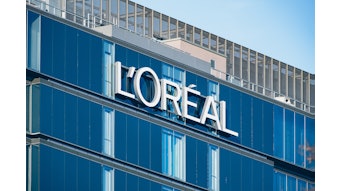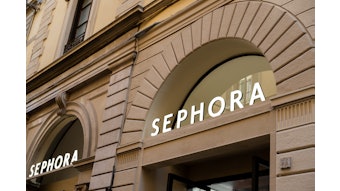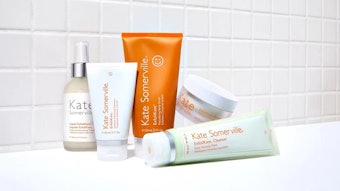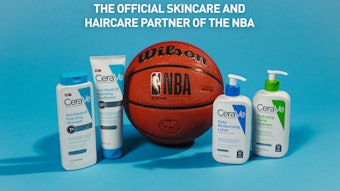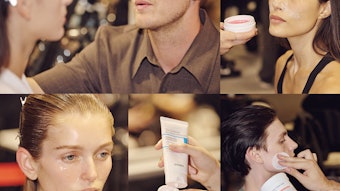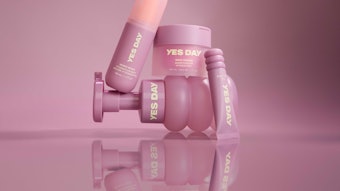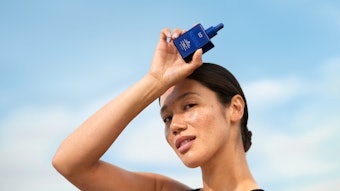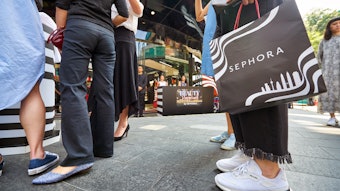This article originally ran in the September 2010 issue of Skin Inc. magazine, GCI magazine’s sister publication.
The ideals of beauty in the U.S. are changing as the population changes and grows, according to Euromonitor International, and beauty brands need to diversify in order to meet the demands of these market segments.
Different ethnicities become even more abundant in younger generations, and new, targeted beauty products will need to be created to satisfy this growing demand.
U.S. ethnic consumers are growing more affluent, making them more likely to be tastemakers and purchasers of high-end beauty products.
The crowning of Arab-American Rima Fakih as Miss USA in mid-May 2010 was a public affirmation of the shifting and broadening of beauty ideals in the U.S. Fakih has become a poster girl for religious and ethnic diversity, and her success reflects the degree to which the country’s melting pot ideal is now being superseded by a richer pattern of mosaic pluralism, and the broadening of beauty ideals that comes with it.
Eva Mendes, another current U.S. beauty and a style icon, declared in a recent interview with W magazine, “I have Cuban parents, but for me, I am the new American girl. It’s not only Drew Barrymore and the blond Midwestern girl. This [pointing to her face] is also what we look like now.”
Clearly, the ethnic tapestry of the U.S. population has had an impact on the country’s beauty ideal, and the landscape of beauty products and services currently available help U.S. women and men come closer to it.
A Broadening Beauty Ideal
Harvard Business School history professor Geoffrey Jones offers some interesting insights into the realm of consumers and beauty in his book Beauty Imagined: A History of the Global Beauty Industry (Oxford University Press USA, 2010). This work traces how successive generations of entrepreneurs built brands that shaped perceptions of beauty. They democratized access to beauty products—once the privilege of elites—while also defining the ethnic borders of beauty, resulting in a homogenization of beauty ideals. “Beauty became associated with Western countries and white people, while the beauty industry turned these underlying trends into brands—creating aspirations that drove their appeal,” said Jones.
What’s different about today, explained Jones, is that globalization is transforming the beauty industry, with brands being forced to respond to a far greater diversity of cultures and lifestyles as new markets open up worldwide.
In America, ethnic niche consumption and marketing are well developed. Specialty foodstuffs for Hispanics and Asian-Americans are common and easily found. And in the beauty realm, physiological differences between Caucasians and other ethnic groups have created a huge market for specialized skin and hair care products. According to Lola Maja, a U.K. makeup artist, “In America, brand name cosmetics have now realized what we’ve known for a long time; that there is big business in cosmetics for skin tones of color.”
Age-related Aspects
America’s newest generation, the Millennials, is in the middle of the coming-of-age phase of its life cycle, with its oldest members heading for age 30, and its youngest approaching adolescence. A February 2009 report by the New America Foundation, a public policy institute and think tank, revealed that Millennials are the most ethnically and racially diverse cohort of youth in the history of the U.S. Among those aged 13–29, 18.5% are Hispanic, 14.2% are black, 4.3% are Asian, 3.2% are mixed race or other, and 59.8%—a record low—are white.
A summer 2010 national multicultural survey by ad agency GlobalHue found ethnic boundaries blurring in the new America. After looking at four major population segments—African-Americans, Hispanics, Asian-Americans and non-Hispanic Whites—the survey, titled Multicultural Nation: Divergence and Convergence in the New America, found consumers from various ethnic groups clustered by degrees of feelings of optimism and pessimism, and by the degree to which they were engaged in their communities.
“The backdrop to many of the decisions made by the American consumer today is the degree of optimism or pessimism that they feel,” said Don Coleman, chairman of GlobalHue, who sees this as having important implications for marketers seeking to understand all American consumers—whether urban or rural, upwardly mobile or downscale, acculturated or newly migrated.
Affluent Ethnic Consumers
Luxury marketers are starting to think of new ways to segment and target consumers, and many analysts are pointing to a cohort of comfortable-but-often untapped consumers—affluent consumers of color. This group is an under the radar but overtly influential consumer segment offering opportunity for luxury purveyors.
According to Merrill Lynch, approximately 40,000 Hispanics are physicians, and Packaged Facts indicates Asian-Americans now total about 13 million people in the U.S., representing between 10–25% of elite university enrollments.1 Within this group, Indians are the fastest-growing and wealthiest ethnicity, with almost 40% of all Indians holding a professional degree.1 In the U.S., companies such as New Jersey-based Diversity Affluence are seeking to help brands understand and market to affluent consumers of color.
Tomorrow’s U.S. consumer of Color
U.S. consumers overall are increasingly more vocal and aware of the importance they have for companies. The same applies for consumers of color, who choose which beauty standards they follow and set. They change without giving notice and demand their beauty needs be respected. It may be time to ask the question: How is your brand serving multicultural consumers?
Reference
1. ezinearticles.com/?2010-Trend-Predictions-For-Affluent-Ethnic-Consumers&id=1245756
Daphne Kasriel-Alexander is a consumers editor with Euromonitor International.

